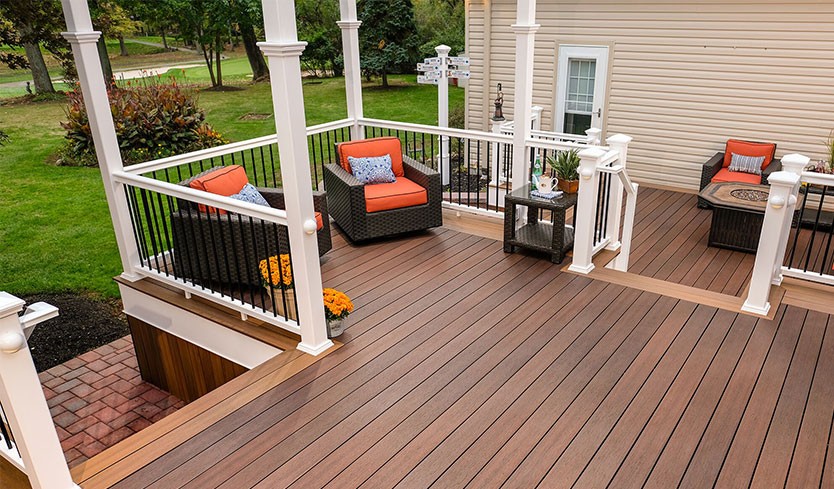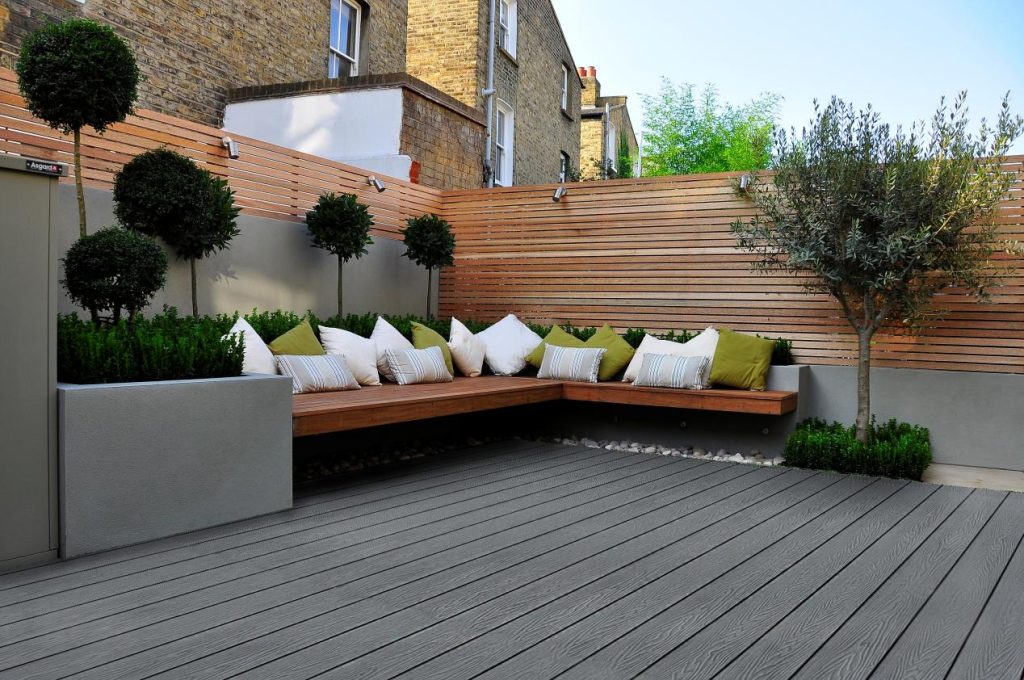Choosing the right material for your fencing panels is a crucial decision that influences the aesthetics, durability, and functionality of your outdoor space. In this comprehensive guide, we’ll delve into popular fencing panel materials such as Wood-Plastic Composite (WPC), PVC, metal, aluminum, and traditional wood. Understanding the pros and cons of each material will empower you to make an informed decision tailored to your specific needs.
- Wood-Plastic Composite (WPC) Fencing:
Wood-Plastic Composite, commonly known as WPC, is a blend of wood fibers and plastic. This composite material aims to combine the best of both worlds— the natural look of wood and the durability of plastic.
Pros:
- Aesthetically pleasing with a wood-like appearance.
- Resistant to rot, decay, and insect infestation.
- Low maintenance, requiring minimal painting or staining.
- Environmentally friendly, as it utilizes recycled materials.
Cons:
- Initial cost may be higher than traditional wood.
- Susceptible to mold growth in damp conditions.
- Limited color choices compared to other materials.
- PVC (Polyvinyl Chloride) Fencing:
PVC fencing is made from polyvinyl chloride, a synthetic plastic polymer known for its durability and versatility.
Pros:
- High durability, resistant to rot, insects, and weather conditions.
- Low maintenance, as it doesn’t require painting or staining.
- Wide range of colors and styles available.
- Excellent at withstanding harsh weather conditions.
Cons:
- Can become brittle over time, especially in extreme temperatures.
- Not environmentally friendly, as PVC production involves fossil fuels.
- Limited repair options if damaged.
- Steel Fencing:
Metal fencing, including steel and iron, is appreciated for its strength and longevity.
Pros:
- Exceptional durability and longevity.
- Provides a high level of security.
- Resistant to pests and decay.
- Minimal maintenance required.
Cons:
- Prone to rust, especially if not properly coated or maintained.
- Can be heavy and challenging to install.
- Limited design options compared to other materials.
- Aluminum Fencing:
Aluminum fencing offers a lightweight and corrosion-resistant alternative to traditional metal options.
Pros:
- Lightweight and easy to install.
- Resistant to rust and corrosion.
- Versatile design options, including ornamental styles.
- Low maintenance and long-lasting.
Cons:
- Less strength compared to steel or iron.
- Higher upfront cost compared to some materials.
- May dent or scratch more easily.
- Traditional Wood Fencing:
Traditional wood fencing remains a classic choice, offering a natural and timeless look.
Pros:
- Aesthetic appeal with a warm, natural appearance.
- Versatile design options and customization.
- Environmentally friendly if sourced sustainably.
- Initial cost is often lower compared to some alternatives.
Cons:
- Requires regular maintenance, such as painting or staining.
- Prone to rot, decay, and insect infestation.
- Limited lifespan compared to some synthetic materials.
Conclusion:
Selecting the right fencing panel material involves a careful consideration of your priorities—whether it’s aesthetics, durability, maintenance, or environmental impact. Each material has its unique advantages and disadvantages, catering to different preferences and needs.
For a harmonious blend of natural aesthetics and durability, WPC fencing stands out. PVC fencing offers a wide range of styles and colors with minimal maintenance. Metal and aluminum fencing provide robust security and longevity, each with its own set of considerations. Traditional wood fencing, while classic, requires more maintenance but exudes timeless charm.
Ultimately, the choice of fencing material depends on your preferences, budget, and the specific requirements of your outdoor space. By weighing the pros and cons of each material, you can make an informed decision that enhances the beauty and functionality of your property.







